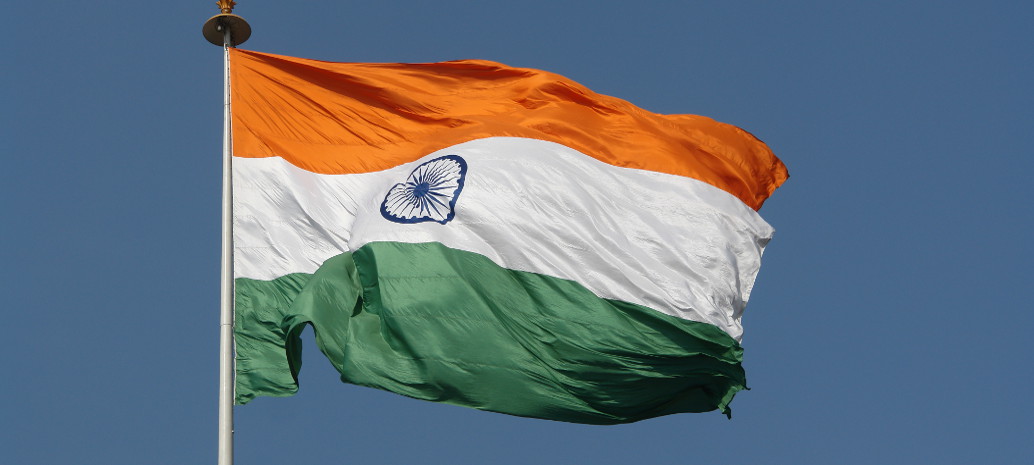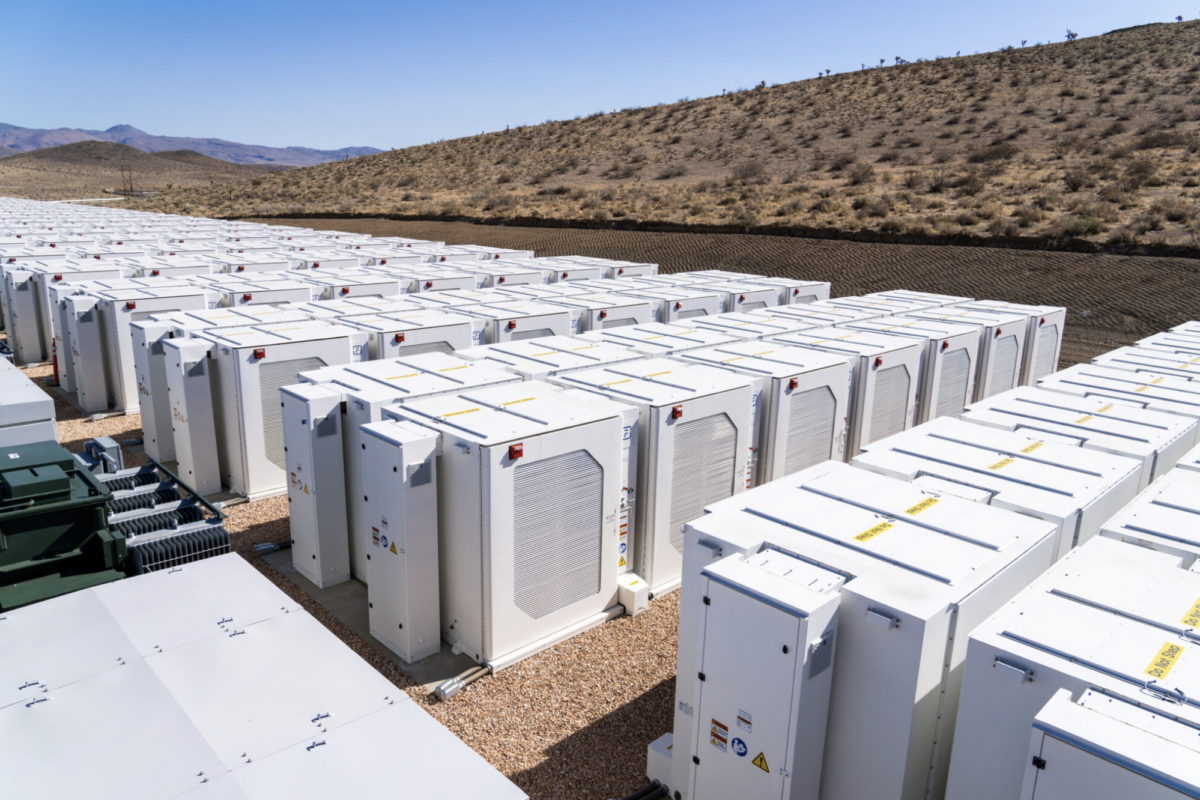From pv magazine India
This is the third extension of the bid submission deadline for what the government claims is the largest tender of its kind in the world. The bids were initially due on September 27.
According to news reports, just one bidder – Azure Power – turned up for the bidding on September 27, compelling the authorities to extend the deadline to October 12.
The bidders have reportedly requested an extension for securing tie-ups for domestic manufacturing and completing ongoing negotiations for sourcing modules at better prices.
The government’s decision to set the maximum permissible tariff for the tender at Rs 2.75 (US$0.038) per unit is another deterrent.
Commenting, solar consultant, Urvish Dave told pv magazine India, “By deferring and cancelling bids, the agencies are not only restricting entry of many new and qualified solar power developers, but may also knowingly or unknowingly limiting best possible technology optimisations. It should be noted that the end product is not mere addition of solar capacity but the lifetime energy productions (LCOE) of the same.”
“Such flip-flop of policies deters developers from participating in large tenders. That is why we stay away from SECI tenders. India has one of the world’s most ambitious renewable energy targets but there are no definite policies to attain that target. SECI deferring such a large tender is not a good sign,” added Govind Pingle, Operations & Business Development Manager, Agrawal Renewable Energy, in a seperate statement to pv magazine India.
Satya Narayan Dalmia, CMD, SBD Greenenergy, continued, “Capping the PPA price, rising dollar against Indian Rupee, GST rate ambiguity are creating a lot of confusion in the solar industry. Apart from this, SECI does not have end customer of the capacity tendered. The agency should first take stock of the situation, confirmed capacities and fund allocation to make the tendering interesting and fruitful.”
In May 2018, SECI tendered 5 GW of manufacturing capacity linked to ISTS-connected solar projects for an aggregate capacity of 10 GW. Later, the nodal agency reduced the manufacturing capacity from 5 GW to 3 GW and the minimum bid capacity from 1 GW to 600 MW.
The government introduced the manufacturing-linked solar scheme this year, under which developers have been assured power purchase agreements (PPA). However, many developers are reluctant to participate in manufacturing-linked tenders, as manufacturing is not their core competency.
This content is protected by copyright and may not be reused. If you want to cooperate with us and would like to reuse some of our content, please contact: editors@pv-magazine.com.



Could you kindly let me know the present status of this tender..? What is present installed capacity of manufacturing Solar panels in India? What is the purpose of linking the manufacturing capacity with the auction?